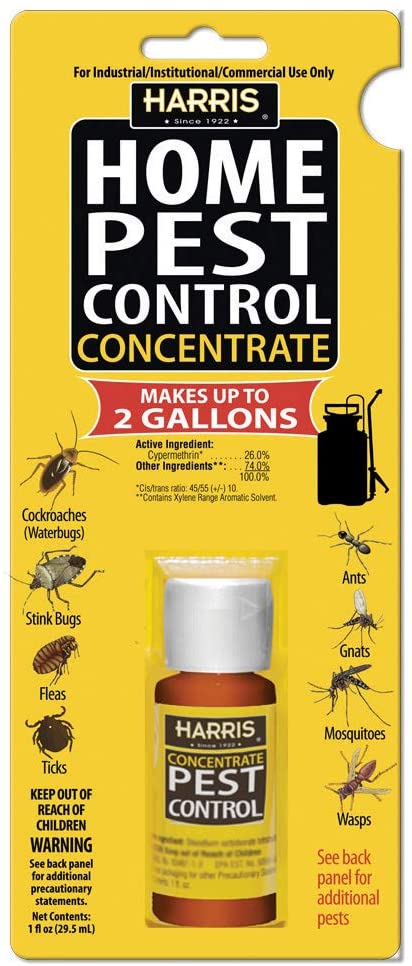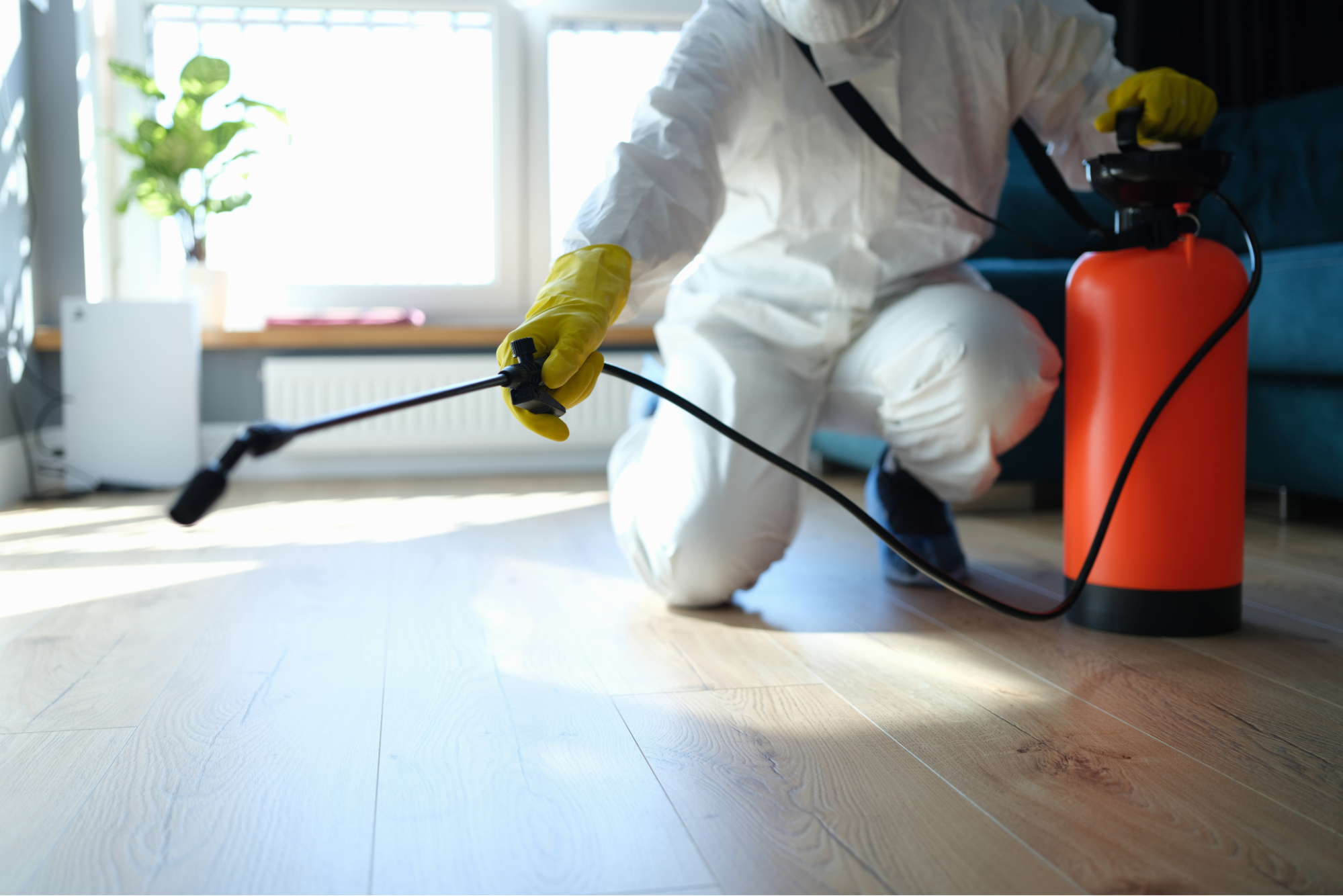Bed Bug Therapy Failure: Comparing Chemical Vs. Non-Chemical Solutions
In the world of insect control, specifically when handling the relentless issue of bed bugs, the selection between chemical and non-chemical therapy remedies can be a critical one. Both techniques offer distinct advantages and downsides, affecting factors such as efficiency, safety and security factors to consider, and overall expense. By taking a look at the nuanced information of each method, a clearer understanding of which path to go after in resolving a bed bug invasion can be achieved.
Performance of Chemical Treatments
Chemical treatments for bed bug infestations have been extensively identified for their quick and powerful efficacy in eradicating these parasites. When thinking about the efficiency of chemical treatments, it is essential to recognize that they can supply a comprehensive and fast option to a bed insect problem.
In addition, chemical therapies have the benefit of supplying residual results, meaning that they can remain to remove bed insects also after the preliminary application. This residual activity is particularly advantageous in combating any type of potential re-infestations. Furthermore, the rapid activity of chemical treatments can bring alleviation to individuals encountering severe bed pest invasions, permitting them to gain back control of their space swiftly.
Safety And Security Worry About Chemical Solutions
One crucial element that calls for cautious factor to consider when utilizing chemical options for bed bug therapy is guaranteeing the safety and security of residents and the setting. While chemical therapies can be effective in getting rid of bed bugs, they may pose dangers if not managed properly. One of the main safety and security worry about chemical solutions is the prospective damage they can create to human health. Exposure to particular chemicals used in bed bug treatments can cause respiratory system concerns, skin irritation, or other unfavorable reactions, particularly in people with pre-existing conditions or sensitivities. Furthermore, incorrect application or dosage of chemical pesticides can lead to poisonous deposits sticking around in the cured location, positioning long-lasting health and wellness dangers to passengers.
In addition, the ecological influence of chemical options is one more significant consideration. Some chemicals made use of in bed insect therapies might be dangerous to helpful bugs, wildlife, and communities if they leach right into the dirt or water systems. It is necessary to utilize chemical treatments judiciously, adhering to security standards, and taking into consideration less harmful alternatives to alleviate these dangers and guarantee the efficient and secure administration of bed bug problems.
Advantages of Non-Chemical Approaches
Thinking about the possible safety and security concerns and environmental influence linked with chemical solutions for bed insect therapy, exploring non-chemical methods provides an encouraging alternative with several unique benefits. Non-chemical therapies are ecologically friendly, as they do not contribute to air or water contamination, making them a lasting selection for bug control.
Additionally, non-chemical solutions can be reliable in targeting bed insects, consisting of hard-to-reach locations where chemical therapies might not pass through. Methods such as heat treatment, vacuuming, heavy steam cleansing, and cushion coverings offer thorough obliteration without using harmful chemicals. Additionally, non-chemical strategies can be much less disruptive, calling for minimal preparation and allowing for quicker reentry right into dealt with locations. In general, deciding for non-chemical bed insect treatment techniques not only prioritizes security and environmental management yet likewise makes certain reliable and extensive insect control.
Limitations of Non-Chemical Treatments

Additionally, non-chemical treatments frequently need multiple applications to accomplish effective obliteration. This can be time-consuming and view it now may not always ensure full elimination of all bed bugs and their eggs, specifically in concealed or hard-to-reach areas.
Additionally, the success of non-chemical treatments heavily depends on proper application and thoroughness, which can be challenging for people without expert knowledge. Insufficient application visit this site of non-chemical approaches may lead to incomplete elimination, causing relentless problems and the need for additional treatments.
Therefore, while non-chemical treatments have their advantages, it is important to acknowledge these restrictions and consider them when identifying the most efficient technique for handling bed bug infestations.
Cost Comparison: Chemical Vs. Non-Chemical Options
Provided the limitations associated with non-chemical treatments, a vital element to review in the context of bed pest management is the expense contrast between chemical and non-chemical choices. Chemical therapies usually entail the application of pesticides by experts, which can range from $250 to $900 per room, relying on the intensity of the invasion and the size of the area to be dealt with. On the other hand, non-chemical treatments like heat treatment or vapor can be a lot more costly, with costs varying from $1,000 to $6,000 for a whole home. While the initial price of chemical therapies may appear lower, multiple therapies may be required to totally remove the infestation, possibly boosting the general expense. On the other hand, non-chemical options might supply a more sustainable and green solution, although they can be cost-prohibitive for some people. Eventually, when thinking about the expense of bed pest therapy options, it is necessary to evaluate the ahead of time costs versus the efficiency and long-term sustainability of the selected approach.
Conclusion

Considering the possible security issues and ecological influence linked with chemical remedies for bed insect treatment, checking out non-chemical approaches offers an appealing alternative with numerous unique advantages.Offered the restrictions connected with non-chemical treatments, a crucial aspect to assess in the context Full Report of bed insect monitoring is the expense comparison between chemical and non-chemical options. In comparison, non-chemical treatments like warm treatment or heavy steam can be more pricey, with costs varying from $1,000 to $6,000 for an entire home. While the preliminary cost of chemical treatments may appear lower, numerous treatments might be required to completely eradicate the invasion, possibly boosting the overall expense.In verdict, when comparing chemical and non-chemical bed insect therapy options, it is crucial to take into consideration efficiency, safety and security, benefits, constraints, and cost.
Comments on “Quality A1 Pest Control Services Charlotte - Shield Your Home”